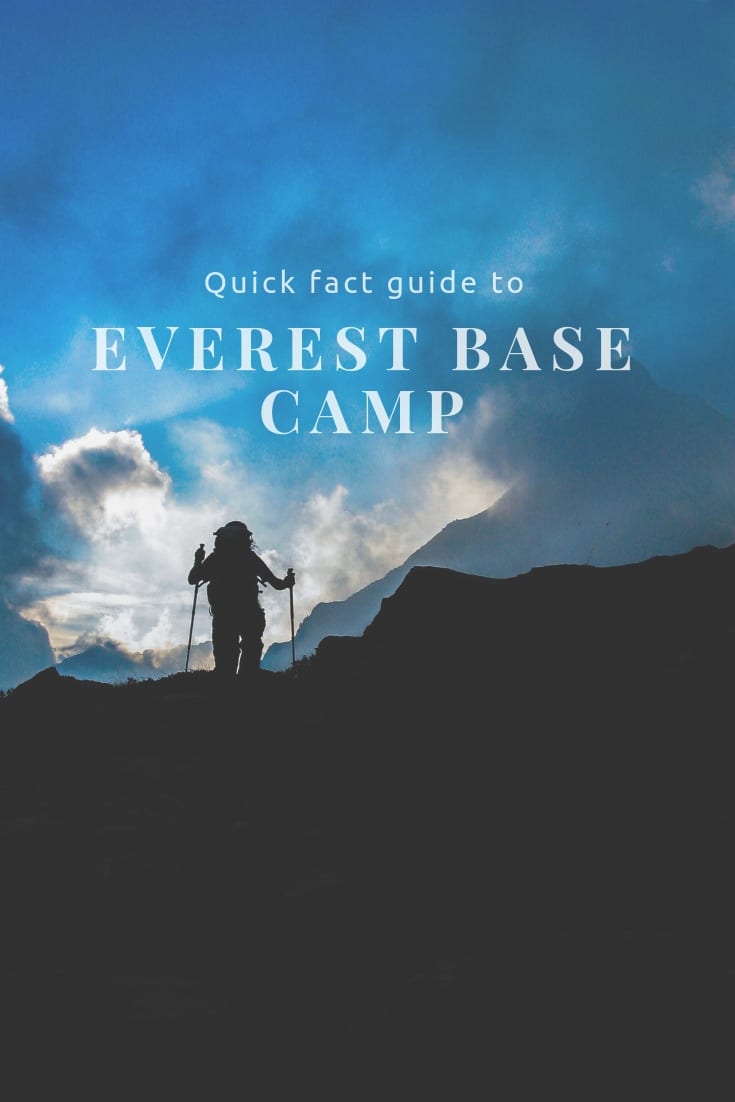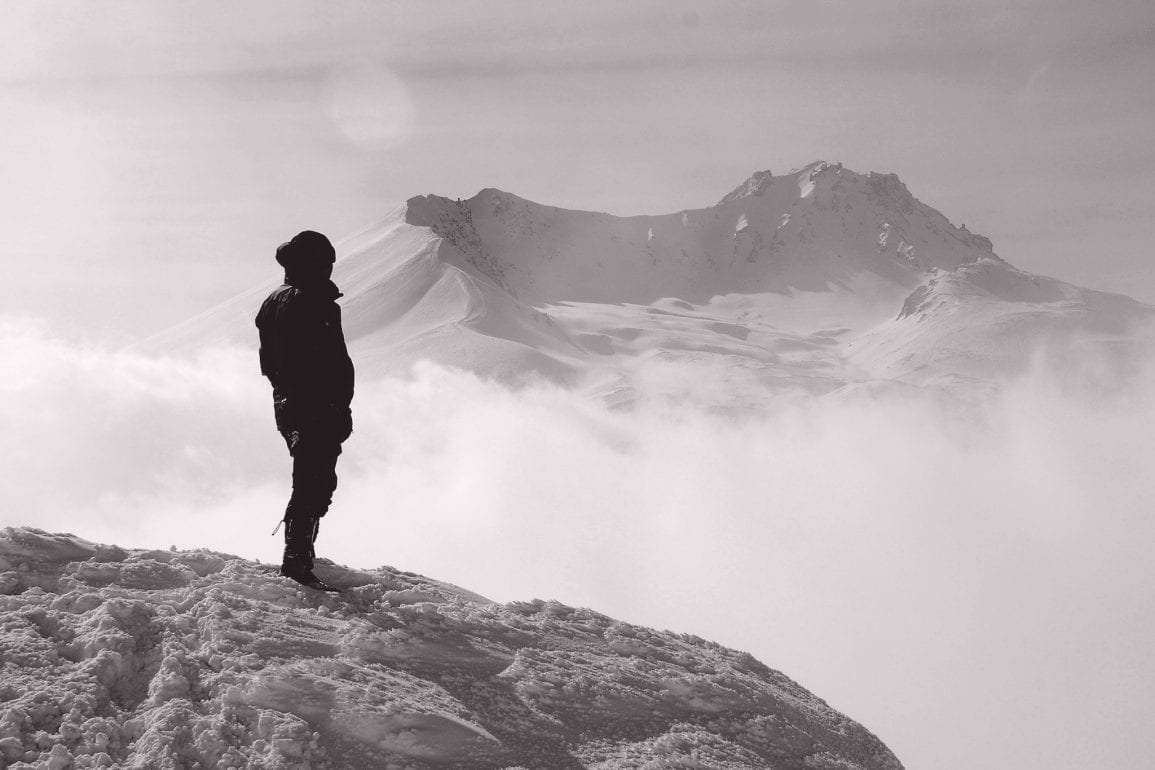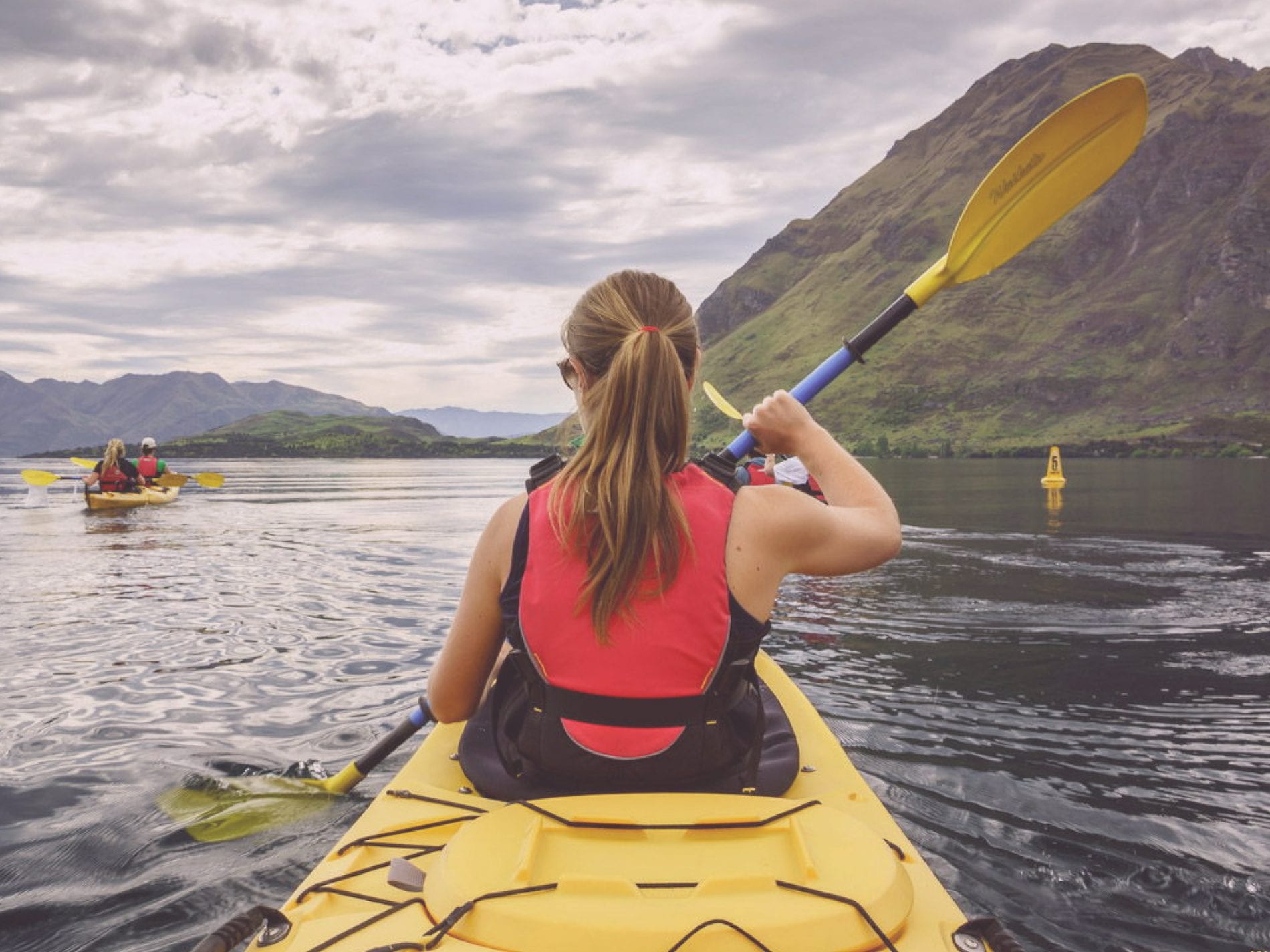Have you ever wondered how long it takes to get to the Everest Base Camp? Or, who the first person was to take an Everest base camp trek? This article will answer those and many other questions.
Trekking in Nepal to reach Everest Base Camp is an adventure of a lifetime. You can explore the mountains and valleys around the massive peak of the mountain. While spending time in Kathmandu, the capital of Nepal, you can learn about the cultures and traditions of the Sherpa people and rest in Nepalese teahouses.
Why is it called a “Trek”
The trek to Everest Base Camp is called a “trek” and not a “hike”. Trekking tends to be a more rigorous and challenging activity and it tests one’s ability, endurance and psychological capacity. However, when you reach the summit of Everest Base Camp, there is no equipment required and the view is incredible.
In 1953, Tenzing Norgay and Sir Edmund Hillary were the first men to reach Everest Base Camp.
How long does it take to trek to Everest Base Camp?
If you are comfortable walking 5-7 hours per day with a light pack, you should be physically able to handle the Everest Base Camp trek.
If you take the normal route to Everest base camp, the trek will take 14 days as long as you fly into the small mountain airstrip in Lukla. You will want to add another 4-5 days to your itinerary for travel, recovery from jet lag, and exploring the city. If you would like to take any detours such as the Gokyo Lakes, you will also need to add more time to your trip.
Here is an itinerary of the EBC trek which covers the Lukla route, Jiri route, and the Gokyo route.
Will I have to carry all of my own food and water?
If you are considering taking an Everest base camp trek, you should certainly be aware of the yaks, which are used to carry people’s packs. Yaks run quickly along the trails and can possibly knock someone over by bumping into them.
They do wear bells, so when you hear them, you might want to step out of their way on the upper side of the slope. This way, you won’t fall down the mountain.
What is the weight limit for my backpack?
Well before you go on an Everest base camp trek, practice and polish your packing technique. Be sure to pack 2 litres of water in your pack but do not pack over 25 pounds overall.
That extra 25 pounds will get very heavy after a couple of hours of trekking. While going on an Everest base camp trek, having travel insurance is a necessity. Insurance will ensure that you and your gear will be covered in case something happens.
Basics for your Everest Base Camp packaging list
You will walk relaxed if you pack wisely. You need to collect enough information on the weather and climate of the route before packing your bags. While packing, pack light!
Some common packing items for the Everest Base Camp Trek includes:
Clothing- baselayers, breathable underwear, trekking shirts, trekking trousers(waterproof), fleece jacket, insulated jacket, hardshell jacket and rain gears.
Headwear- sun protection hat, beanie, buff, neckbands
Footwear- hiking boots, trainers(trekking boots), hiking socks, thermal socks, gaiters
Gloves- inner gloves, outer gloves
Packs – Duffle bag, Backpack, Daypack
Extras – trekking poles, headlamp, water bottles, sunglasses, and sleeping bags
Where will I stay when trekking Everest Base Camp?
On the trek, there are lodges called “teahouses” that have only the basic facilities. They may have hot water for an extra cost as well as electrical ports and Wi-Fi.
Teahouses are dotted all along the trail when taking a trek to Everest base camp. Most of them offer tea, breakfast, lunch and dinner. However, all meat is hiked in with limited refrigeration, so be cautious of eating the meat the further up the trail you go.
Can I drink the local water?
Most of the water is boiled but you may want to consider bringing your own iodine tablets or some type of filtering system such as the LifeStraw.
What time of year should I do plan to do the trek?
There are two main seasons to go on an Everest base camp trek, which is pre and post monsoon season. Pre monsoon season goes from March through May and post monsoon season goes from late September through November. You can take an Everest base camp trek outside of these timelines; however, the weather may not be optimal.
These two seasons are the driest and typically see clear mornings and cloudy afternoons. If you are planning an Everest base camp trek, the spring season is typically busier than in the fall. This is because during the spring season, Everest base camp is full of climbers striving to reach the summit of Mt. Everest. During the fall season, you can expect warm days and chilly nights.
What permits do I need to trek to Everest Base Camp?
When taking a trek to Everest base camp, you will need two different permits to trek within Nepal. The first permit required is the Trekkers Information Management System permit (TIMS).
The TIMS will cost $10 USD if you are part of a group and $20 USD if you are trekking alone. Fees, passport copy, and passport size photographs are required to obtain TIMS Card from the Tourist Service Center, Bhrikutimandap, and Trekking Agencies’ Association Nepal (TAAN) Office in Maligaon and Government registered trekking companies in Kathmandu and Pokhara. TIMS Card can also be obtained from TIMS Counter at NTB Regional Office in Pokhara.
The second required permit is a National Park Entry permit. The park entry permit must be obtained to enter protected areas. Park entry fees may be paid at the Tourist Service Center, Bhrikutimandap, Kathmandu, or at the entry point of the park.
How can I avoid the effects of high altitude?
There is 50% less oxygen at Everest base camp than at sea level, so it is important to have a good itinerary, ascend slowly, rest frequently, eat well, and drink plenty of fluids.
In terms of acclimatization to the altitude, taking an Everest base camp trek gives you a chance to adjust slowly.
When taking a trek to Everest base camp, you need to be concerned with altitude sickness, which causes dizziness, headaches, nausea and vomiting. The first thing to do to help prevent altitude sickness is to stay hydrated. Also, make sure you eat well and avoid alcoholic beverages.
INSPIRED? PIN THIS TO YOUR TRAVEL PINTEREST BOARDS NOW!




